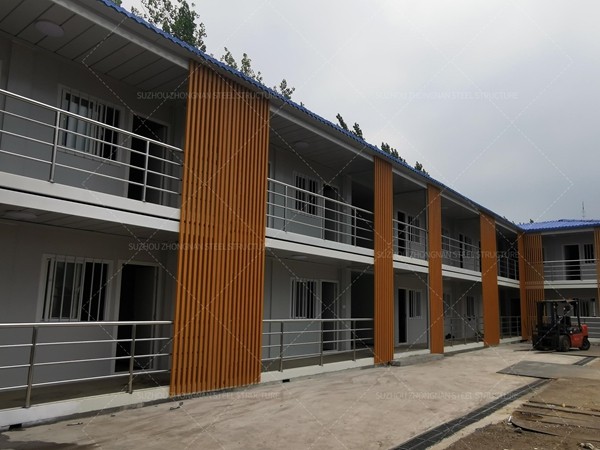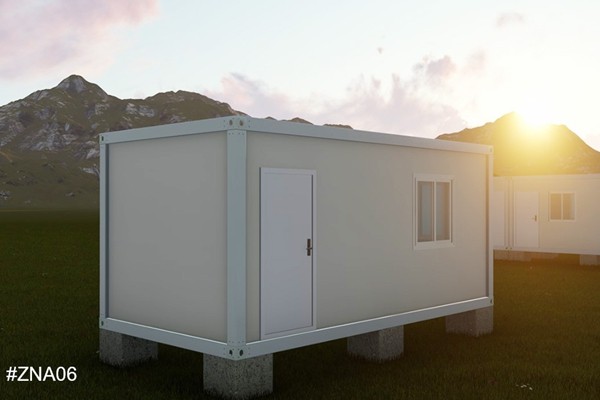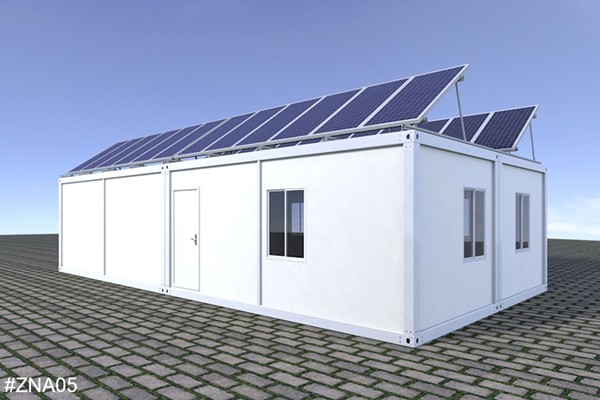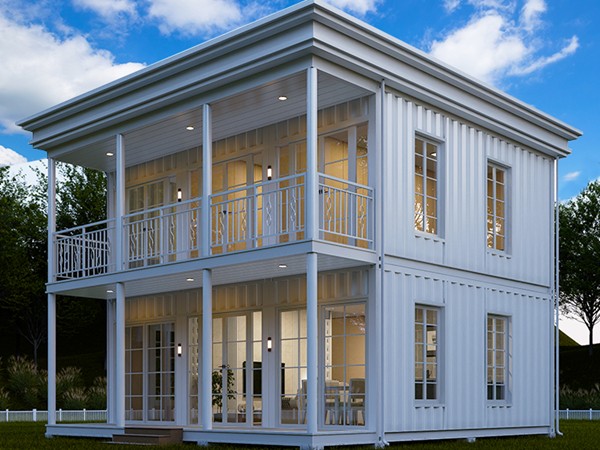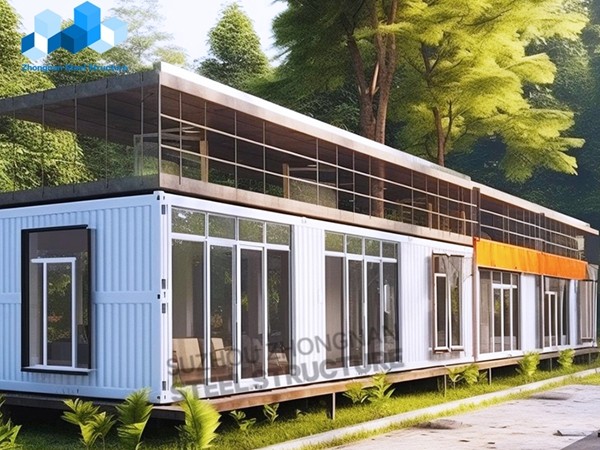building home out of shipping containers
Building a home out of shipping containers has rapidly evolved from an unconventional idea to a mainstream option for innovative and sustainable living. This architectural trend offers a unique blend of affordability, durability, and eco-friendliness that appeals to a wide demographic, from environmentally conscious millennials to avant-garde designers.

The allure of shipping container homes lies primarily in their cost-effectiveness. Traditional home construction can be prohibitively expensive, with materials and labor costs escalating steadily. In contrast, purchasing a used shipping container can cost as little as a couple thousand dollars. For a fraction of the price of traditional building materials, these containers offer a robust and secure foundation for a variety of home designs. By stacking or arranging containers in a desired configuration, one can create anything from a compact, single-container dwelling to an elaborate multi-container residence.
Durability and longevity are strong selling points for container homes. Manufactured to withstand severe ocean conditions, shipping containers are built with robust corten steel, known for its weathering properties. This inherent sturdiness means that, with proper maintenance and insulation, a container home can outlast many traditional structures while resisting pests, mold, and fire. The ease of transporting containers once they are converted into modular homes also adds an element of flexibility that conventional homes cannot offer. They can be relocated according to changing personal or environmental needs.
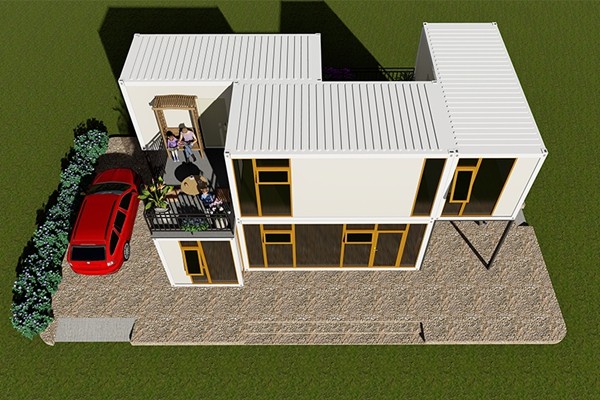
From an environmental perspective, upcycling shipping containers into homes is highly sustainable. With millions of decommissioned containers languishing in shipyards worldwide, recycling these structures into habitable spaces helps reduce industrial waste remarkably. Additionally, smaller home footprints result in reduced energy consumption. By incorporating solar panels, efficient insulation, and water recycling systems, a shipping container home can achieve near-zero environmental impact, aligning perfectly with the ethos of sustainable living.
Embarking on a container home project requires expertise, which can be acquired through experience or by consulting professionals in the field. Working with architects and builders who specialize in container conversions ensures that the challenges associated with this type of construction, such as insulation and ventilation, are properly addressed. This collaboration results in optimal designs that adapt to local climate conditions while ensuring comfort and efficiency.building home out of shipping containers
Building codes and zoning laws can pose obstacles for container home projects, varying significantly by location. Prospective builders should engage with local authorities early in the planning process to understand the regulations and secure necessary permits. Successful navigation through these requirements not only fuels community acceptance but also establishes the legal legitimacy of the home.
Trustworthiness is an inherent feature of container homes when built correctly. With attention to detail from reputable construction professionals, these structures meet or even surpass the safety and quality standards of traditional homes. Employing qualified engineers to inspect the structural integrity ensures that the homes can withstand various environmental stresses while providing a safe haven for their occupants.
The expertise required to build a shipping container home extends beyond construction to include design sensibilities that emphasize creativity and functionality. The modular nature of containers inspires innovative interior layouts and aesthetically pleasing exteriors, challenging the conventional boxy design. This has led to an emergence of container homes that are not just practical but also visually intriguing, catering to those who value both form and function.
Shipping container homes seamlessly integrate into the cutting-edge narratives of sustainable and affordable living by leveraging a product typically associated with global commerce. As the housing industry evolves, these homes offer transformative solutions that meet modern needs without a compromise on style or sustainability. By embracing this paradigm shift, today's homeowners are stepping into a future where housing is not merely about shelter, but a statement of environmental responsibility and design ingenuity.

